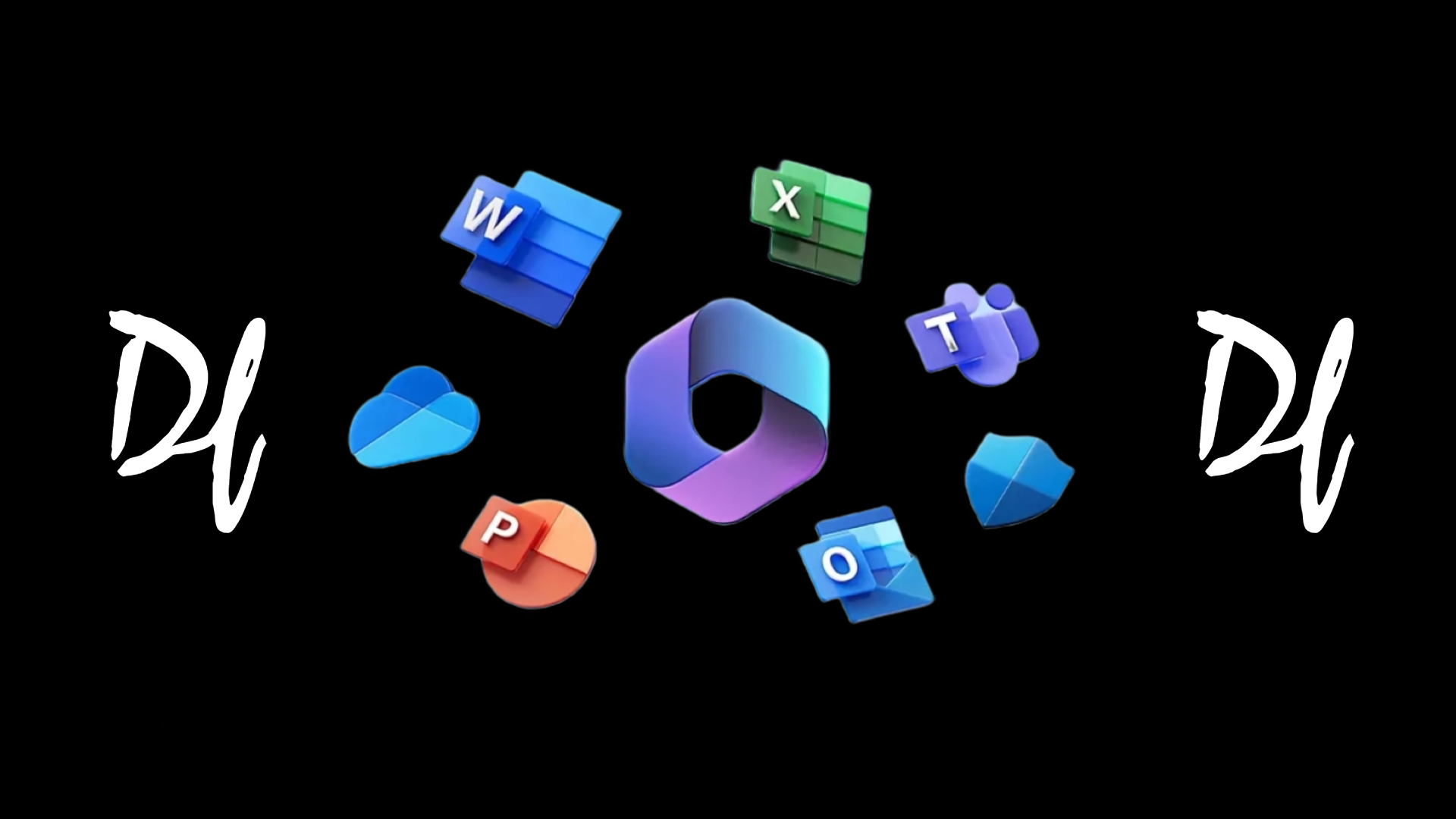Microsoft CoPilot Is Out Of This World

Microsoft CoPilot, an artificial intelligence (AI) powered assistant tool, is creating waves in the programming world. It was showcased at Microsoft Build, the annual developer conference, where CEO Satya Nadella unveiled the new framework and platform. CoPilot aims to allow developers to build and embed an AI assistant into their applications, including GitHub, Edge, Microsoft 365, Power Apps, Dynamics 365, and even Windows 11.
The CoPilot Stack: A Modern Operating System
Microsoft CoPilot’s technological structure, known as the CoPilot stack, mirrors the components of a modern operating system. This stack operates on a combination of powerful hardware based on CPUs and GPUs, creating a robust structure to support the AI functionalities.
The Infrastructure
At the base of the CoPilot stack is an AI supercomputer running on Azure. This infrastructure is specifically designed to handle the demands of complex deep learning models, which can respond to prompts within seconds. Powered by tens of thousands of state-of-the-art GPUs from NVIDIA, this infrastructure also supports ChatGPT, another successful application from OpenAI.
Foundation Models
The kernel of the CoPilot stack consists of foundation models. These models are trained on a large corpus of data and are versatile in performing diverse tasks. Examples include GPT-4, DALL-E, and Whisper from OpenAI. In a step to enhance this layer, Microsoft is partnering with Hugging Face to integrate a selection of curated open source models to Azure.
Orchestration
The orchestration layer acts as the liaison between the underlying foundation models and the user. A key aspect of generative AI is prompt analysis. The orchestration layer examines the user's prompt to understand the intent. It applies a moderation filter to ensure that the prompt aligns with safety guidelines and doesn't cause the model to respond with irrelevant or unsafe outputs. This layer also filters the model’s response if it does not meet the expected outcome.
Furthermore, the orchestration layer supplements the prompt with additional context that’s specific to the application. This ensures the model’s response aligns with the application's user experience requirements, even if the user hasn’t explicitly requested it.
Retrieval Augmented Generation (RAG)
Microsoft employs a technique known as Retrieval Augmented Generation (RAG) to enhance the stability and grounding of the LLM’s responses. RAG constructs a prompt with factual and contextual information, which can come from external databases or even the world wide web. This process helps in generating an accurate response and prevents the LLM from delivering inaccurate or imprecise information.
User Experience: A New Dawn
The User Experience (UX) layer of the CoPilot stack is set to redefine the human-machine interface. It aims to replace complex user interface elements and nested menus with a simple widget that can handle complex tasks regardless of the application's function. This user-friendly interface is expected to bring about a fundamental shift in the user experience, transforming the way users interact with software applications.
With the growing popularity of AI tools like ChatGPT and Bard, users are now looking for a chat window to start interacting with an application. Microsoft is set to introduce a CoPilot with a chat interface in Windows, reflecting this shift and catering to the needs of modern users.
Conclusion
Microsoft CoPilot is more than just an AI-powered tool;